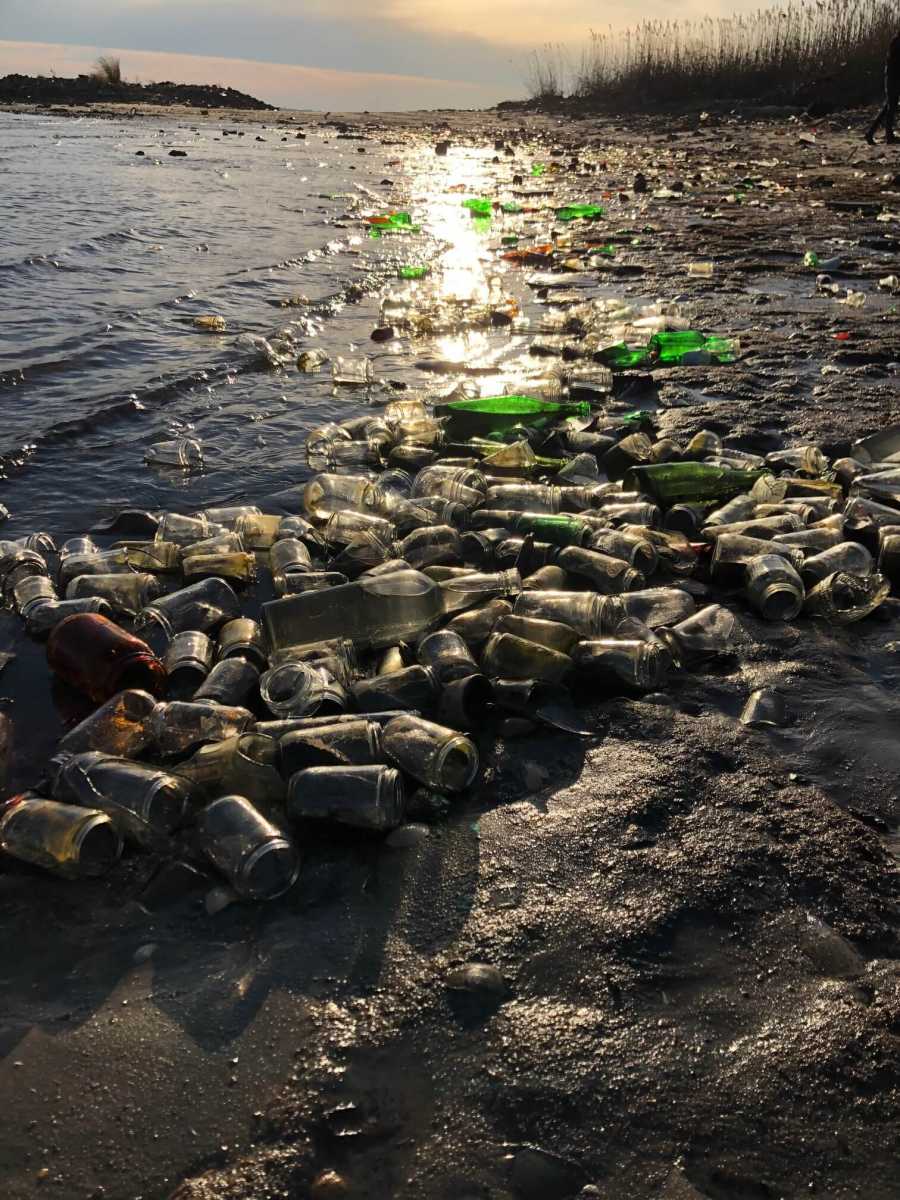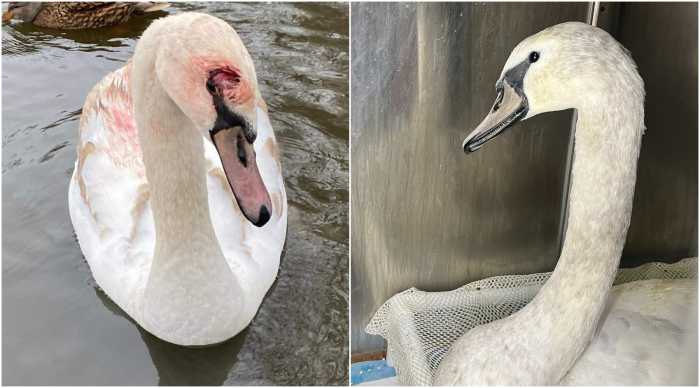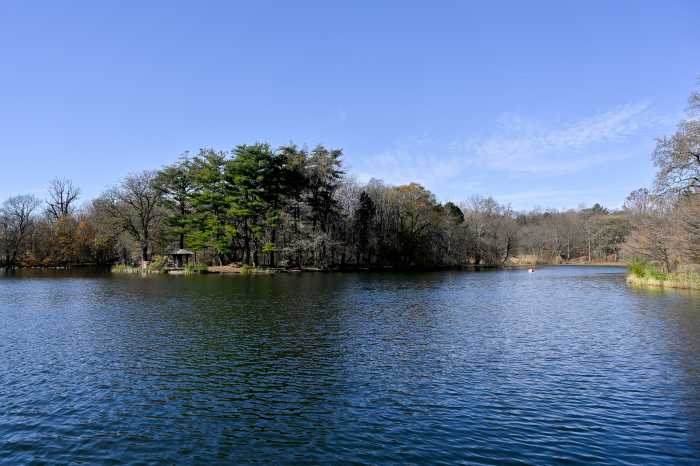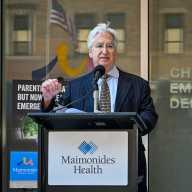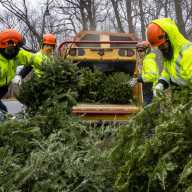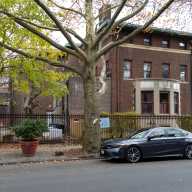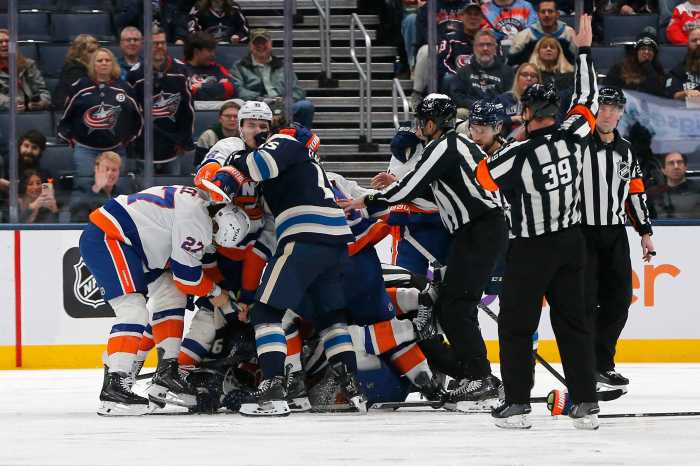Radioactive contamination recently found at southern Brooklyn’s Dead Horse Bay most likely hasn’t compromised the health of the park’s visitors, officials said.
“Radium-226 has been identified as the primary radiological contaminant at the Site,” wrote the National Parks Service on its frequently asked questions page. “However, within a few feet of the source of the radiological contamination … the gamma radiation levels found at the Site drop off to normal background. Therefore, exposure to gamma radiation is not considered to be a significant health risk.”
Parks officials closed the southern half of Dead Horse Bay in early August after investigators discovered radioactive contamination in the 178-acre park located west of Floyd Bennett Field.
A 2019 survey found excess gamma radiation in 31 locations across the former landfill, which has become a destination for scavengers looking for discarded bottles and gems. Some of the excess rays clustered around two old deck markers on the southern end of the park, whose radioactive contents had leaked.
Surveyors removed the markers — which had been used on old ships to provide light at night — but told Brooklyn Paper that their contents had contaminated the surrounding soil and, potentially, the beach area.
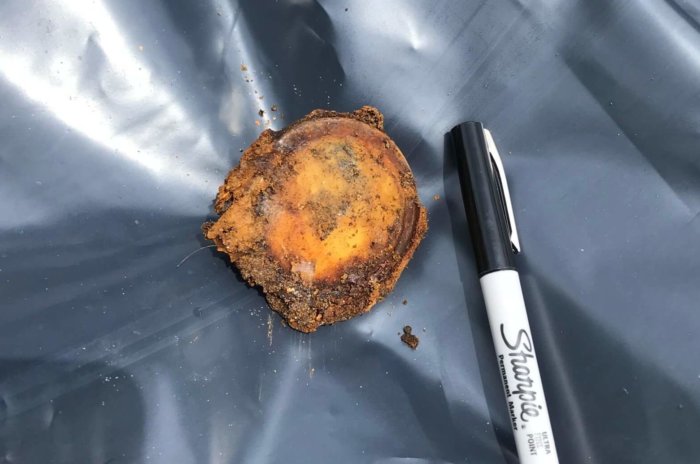
“The presence of the man-made radioluminescence articles indicates that radioactive waste materials are likely associated with waste fill present on-Site and in waste fill potentially being released onto the southern beach area,” said National Parks Service spokeswoman Daphne Yun.
Parks stewards said that the risk of exposure depends on how close visitors come to the contaminated soil — which extends two feet down from the two-inch-long markers.
“The greatest potential risk to human health comes from being in direct contact with the source of the contamination for an extended period of time,” authorities wrote on the National Parks Service’s FAQ page. “Polychlorinated biphenyls (PCBs), pesticides, polycyclic aromatic hydrocarbons, and various metals also have been identified in the soil at the Site, but the full nature and extent of chemical contamination is unknown at this time.”
But for most Dead Horse Bay visitors — particularly those who didn’t dig in the soil — the risk of radiation exposure is low, Yun said.
“There is a low potential for exposure to radiation from passive walking at the site,” she said.
The paths and beach areas contain levels of radiation under the conservative dose limit set for Dead Horse Bay of 1 milliRem per hour. The maximum dosage set by the by the Nuclear Regulatory Commission of 2 milliRem per hour is equivalent to a little more than a dental x-ray, or a tenth of a full chest x-ray, according to the commission.
The 2019 investigation of Dead Horse Bay — and the closure of the the park’s 84 southernmost acres — come as the parks service begins a major environmental cleanup of the site that’s outlined under the Comprehensive Environmental Response, Compensation and Liability Act (CERCLA), more commonly known as the Superfund law.
Full remediation will likely last many years, officials said. A similar CERCLA cleanup at Staten Island’s Great Kills Park that began in 2005 entered its second of four phases in April of 2019.
For the duration of the cleanup, the 84 acres at the park’s southern end — which includes Glass Bottle Beach — will remain closed, officials said. Parks stewards have put up signs and will erect a physical barrier to prevent hikers from entering, Yun said.
Scavengers who frequent the park for treasures from the early 20th century, when the land acted as a city landfill, worried that officials would remove the park’s trash during the cleanup. Yun did not elaborate on whether the cleanup will necessitate the trash’s removal, but said that officials will work to save important artifacts.
“If deemed appropriate during the CERCLA process, appropriate measures will be taken to ensure that potential archaeological resources will be identified and as necessary, preserved,” she said.


